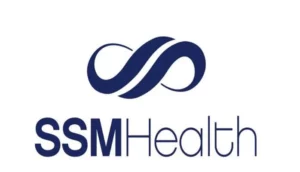SSM Health St. Agnes Hospital is among 339 hospitals in the U.S. with a central line associated bloodstream infection (CLABSI) rate of zero, as based on the healthcare-associated infections dataset from Centers for Medicare & Medicaid Services (CMS).
Central lines are flexible tubes placed in a large vein in the neck, chest, or groin for an extended period to allow repeated administration of medication or fluids or repeated blood testing.
A CLABSI occurs when bacteria or other germs enter a patient’s central line and then enter into their bloodstream. While these infections are serious, they can often be successfully treated. Health care workers, patients, and families play an active role in CLABSI prevention. Most of these infections can be prevented with the correct insertion, cleaning, and care practice of a central line.
SSM Health St. Agnes Hospital achieved this success with adherence evidence-based practices, including insertion technique, cleaning, care, and maintenance practices, and culture stewardship.
“It’s really rewarding to see these numbers,” according to Tami Schattschneider, SSM Health St. Agnes Hospital VP Patient Care Services/Chief Nursing Officer. “This report is a tribute to the extensive efforts of front-line providers and leaders to reduce these infections. These results are evidence of what St. Agnes Hospital can accomplish with ambitious and clear aims, aligned action and commitment to the patients and families whom we serve.”
The Healthcare-Associated Infections dataset, updated April 30, includes performance data for five types of infections collected through the CDC’s National Healthcare Safety Network. The measures show how often patients in a hospital are impacted by infections during an inpatient stay compared to similar hospitals. The measures apply to all patients treated in acute care hospitals, including adult, pediatric, neonatal, Medicare and non-Medicare patients, according to the CMS data dictionary. Data was collected from July 2023 through June 2024.

